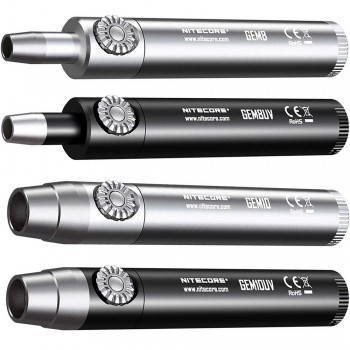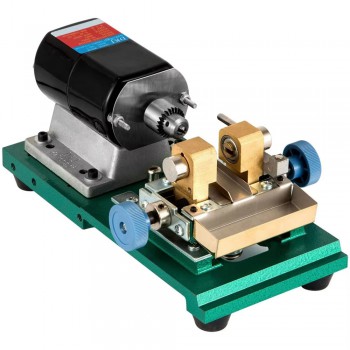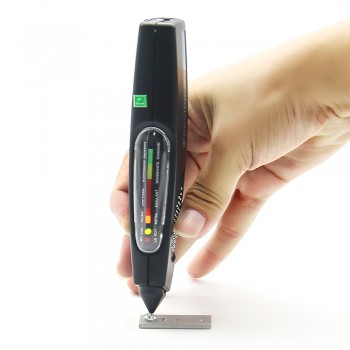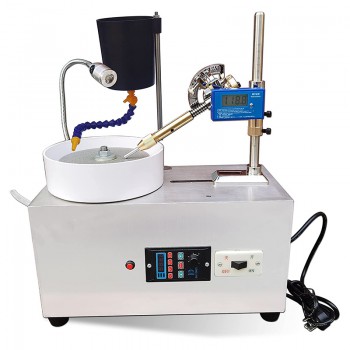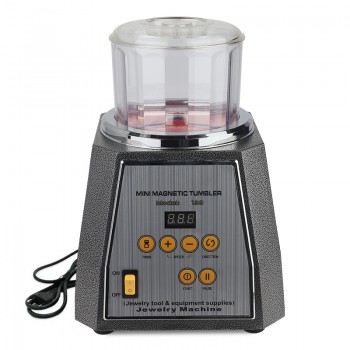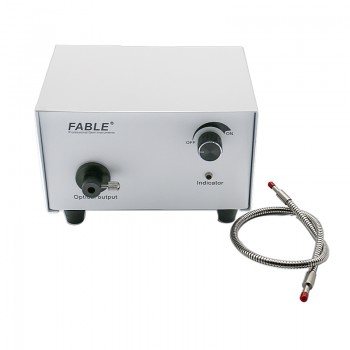
Fiber Optic Light
What Is It?
A fiber optic gem light is a specialized illumination device used in gemology, jewelry inspection, and gemstone photography. It delivers focused light through a flexible optical cable to reveal internal features such as inclusions, color zoning, and structural characteristics. This type of lighting supports controlled observation from multiple angles without introducing direct heat or surface glare.
What Should You Consider When Buying One?
When selecting this type of illumination device, several technical factors may be reviewed:
Light Source Type: Halogen and LED options differ in color temperature, brightness stability, and service life.
Intensity Control: Adjustable output allows adaptation to different gemstone types and inspection tasks.
Thermal Management: Review cooling methods to manage heat generated at the light source.
Accessories: Check for included or optional components such as filters, spare bulbs, or alternative light guides.
Application Range
A fiber optic light for gemology is applied in gemstone identification, grading, and jewelry inspection. It supports examination of inclusions, transparency, and internal reflections. The equipment is also used in gemstone photography and educational demonstrations to illustrate optical properties. In jewelry workshops, it assists with stone matching and color evaluation under controlled lighting conditions.
Buying Considerations
Before purchasing, review specifications such as power requirements, color temperature range, and compatibility with local voltage standards. Confirm availability of replacement components including bulbs or light guides. Workspace layout should be evaluated to determine suitable unit size and cable length. Consulting operation and maintenance instructions helps clarify cleaning, storage, and handling recommendations for fiber cables and light units.


